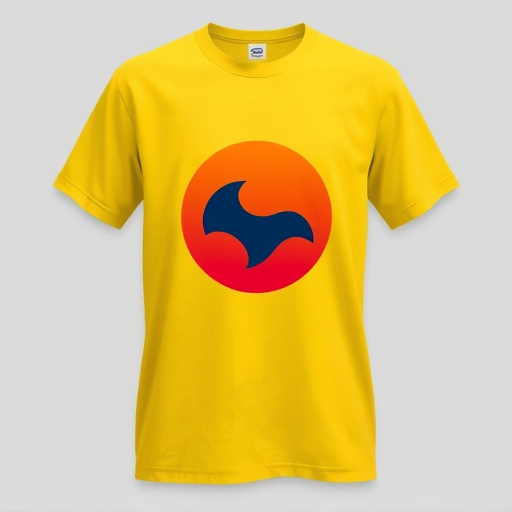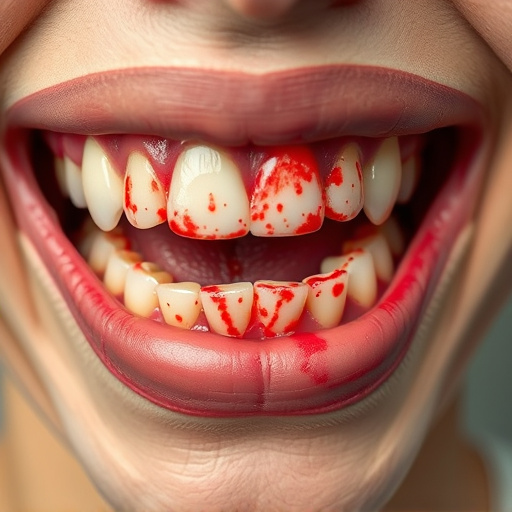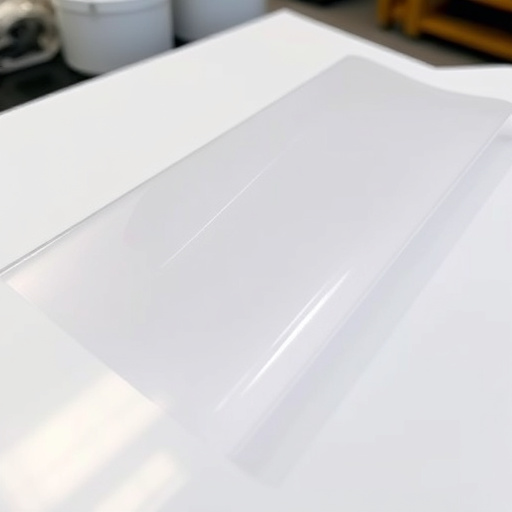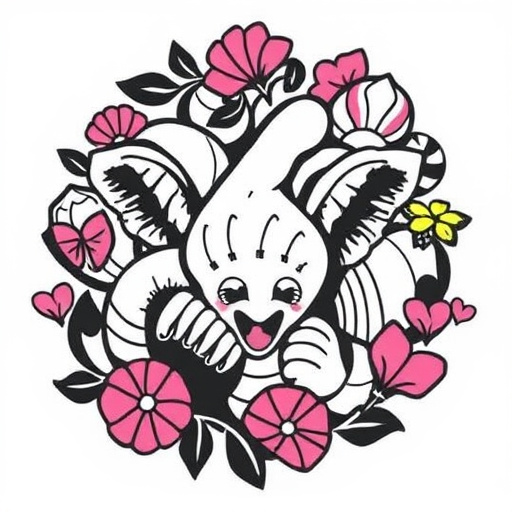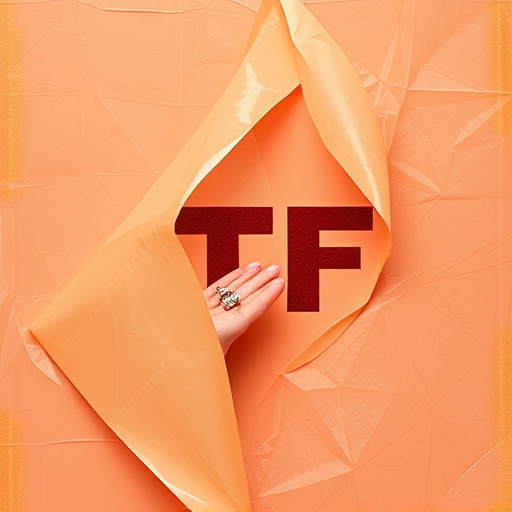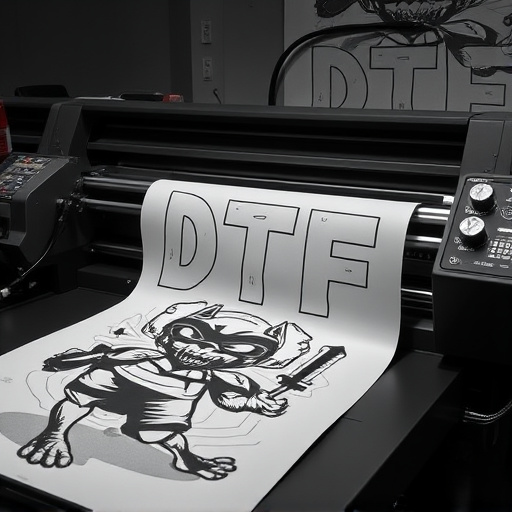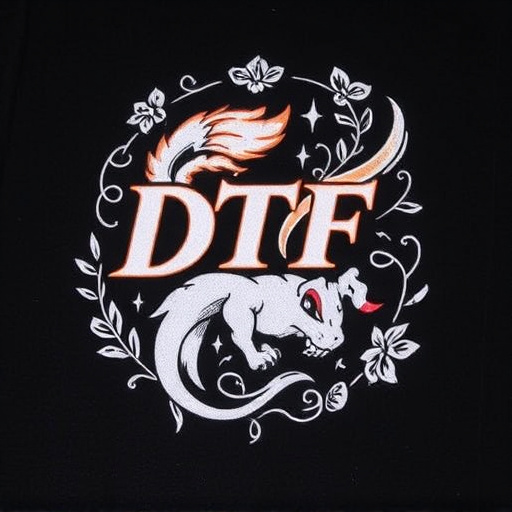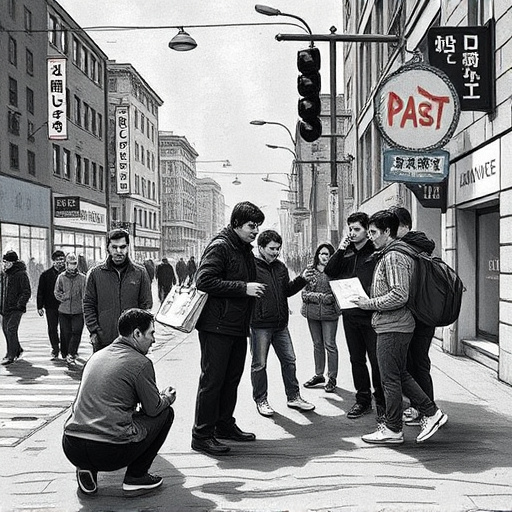Direct-to-Film (DTF) transfers offer a cutting-edge printing method for high-quality fabric reproduction. When selecting fabrics, consider material (polyester, PVC), weight, porosity, intended use, and performance needs. Optimal results require a clean surface, compatible adhesive, precise cutting, and suitable fabric testing for heat transfers. Regular gentle washing avoids damage. DTF services with online ordering and bulk processing make it cost-effective for diverse business applications.
Direct-to-Film (DTF) transfers offer a cutting-edge way to apply intricate designs onto various surfaces. This article explores the best fabrics tailored for DTF applications, ensuring superior results and longevity. We’ll delve into the intricacies of fabric selection, highlighting top choices that excel in this unique printing process. Additionally, we provide practical application tips to help you master DTF techniques and achieve outstanding, long-lasting prints.
- Understanding Direct-to-Film Transfers and Fabric Selection
- Top Fabric Choices for Superior DTF Results
- Application Tips and Considerations for Longevity
Understanding Direct-to-Film Transfers and Fabric Selection

Direct-to-Film Transfers (DTF) is a cutting-edge printing method that allows for high-quality image reproduction directly onto various surfaces, including fabrics. This innovative technique has revolutionized the way we create and apply graphics on clothing and promotional items. Understanding DTF involves grasping how it differs from traditional printing methods. Unlike direct-to-garment (DTG) printing, which uses ink that soaks into the fabric, DTF employs a unique process where images are transferred onto the material’s surface, creating a durable, vibrant finish.
When selecting fabrics for DTF applications, several factors come into play. The right fabric choice ensures optimal results and can make or break the overall quality of the final product. Key considerations include the fabric’s composition (cotton, polyester, etc.), weight, and porosity. For instance, cotton is a popular choice due to its breathability and soft texture, making it suitable for clothing and accessories. On the other hand, polyester offers excellent durability and colorfastness, ideal for items that require a more robust finish. Additionally, fabric selection should consider the intended use; performance fabrics for athletic wear, or natural fibers for environmentally conscious consumers. Efficient DTF services also accommodate dtf online ordering and bulk orders, making it cost-effective for businesses to meet diverse customer demands.
Top Fabric Choices for Superior DTF Results

When it comes to achieving superior results with Direct-to-Film (DTF) transfers, fabric choice plays a pivotal role. The best fabrics for this application offer a balance between high-quality print reproduction, durability, and cost-effectiveness. For optimal DTF outcomes, consider using high-resolution polyester or polyvinyl chloride (PVC) materials. These synthetic fibers are renowned for their clarity and versatility, ensuring precise color replication and a long-lasting finish. Polyester fabrics, in particular, are resistant to fading and cracking, making them ideal for outdoor signage and durable goods that require sustained exposure to various environmental conditions.
Moreover, the lightweight nature of these top fabric choices facilitates faster production times and often leads to reduced shipping costs, offering a dtf fast delivery solution without compromising quality. Their cost-effectiveness is another advantage, allowing businesses to maintain competitive pricing while still delivering high-quality products. Whether for promotional materials or custom designs, selecting the right fabric from the outset guarantees not just visually appealing results but also ensures the longevity and practicality of Direct-to-Film transfers, enhancing their overall dtf durability.
Application Tips and Considerations for Longevity

When applying Direct-to-Film (DTF) transfers, several tips and considerations can ensure longevity and optimal results. First, prepare your surface meticulously; clean it thoroughly to eliminate any contaminants that might hinder adhesion. A smooth, grease-free substrate is crucial for successful long-term application. Use a compatible adhesive designed for DTF materials to guarantee a robust bond between the fabric and the film.
Additionally, precise cutting techniques are essential for accurate designs. Custom DTG gang sheets can facilitate this process, allowing for detailed cut lines that prevent ink bleeding and ensure crisp details. For heat transfers, consider the fabric’s type and quality; natural fibers like cotton absorb heat differently than synthetic materials, so testing is beneficial to achieve the best transfer quality and longevity. Regular maintenance, including gentle washing and avoiding harsh chemicals, will extend the lifespan of your Direct-to-Film applications.
Direct-to-Film Transfers (DTF) offer a cutting-edge method for applying graphics to various fabrics, demanding the right material for optimal results. By selecting high-quality fabrics from our top choices—such as polyvinyl chloride (PVC), polyethylene terephthalate (PET), and cotton—you can achieve superior durability and vibrancy in your DTF applications. Remember that proper preparation and application techniques are equally crucial to ensure longevity, making this process a versatile and effective way to transform textiles.
